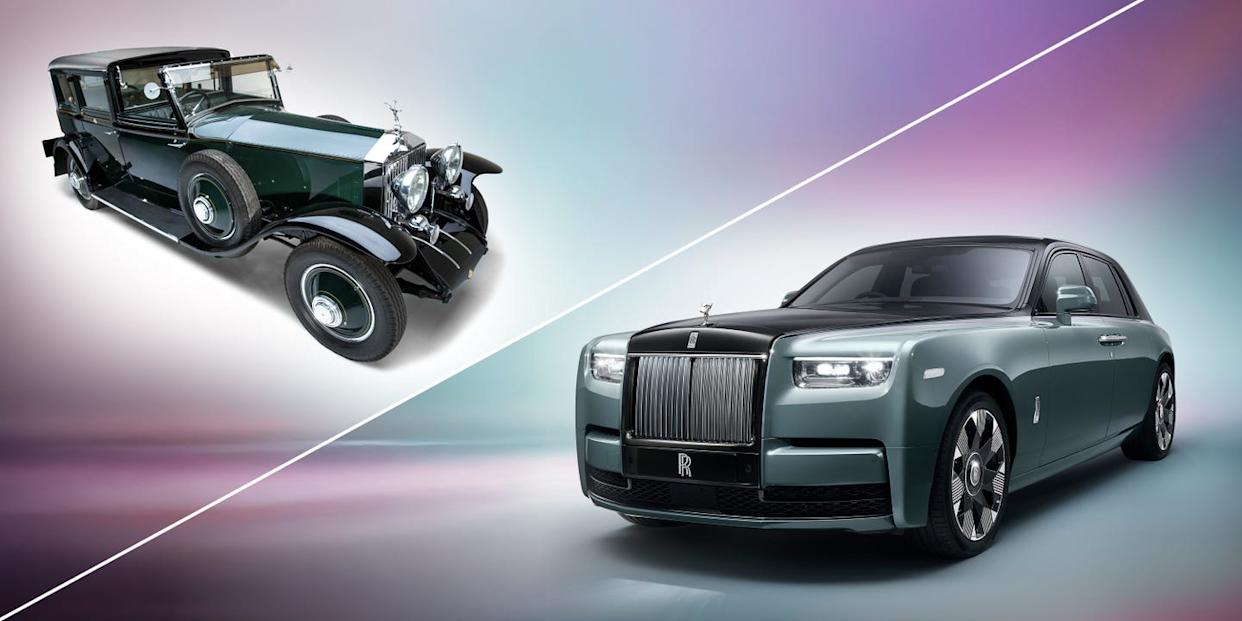
Rolls-Royce is a pinnacle brand. And Phantom is the stately marque’s pinnacle nameplate. This has been the case since 1925, making Phantom the longest-running nameplate in autodom (although there were notable disruptions, so, unlike the Chevrolet Suburban, it lacks continuous production for the entire time period).
Still, in the disposable world of planned obsolescence perfected by carmakers, 100 years is a long time for any model to persevere. And it’s even more notable when one considers the fact that the majority of all Phantoms ever produced are still in operation.
This is, not surprisingly, part of Phantom’s mission, which, according to Rolls’ chief executive, Chris Brownridge, is “to be the most magnificent, desirable and above all, effortless motor car in the world–the very best of the best.” To achieve this over a century, successive generations of Phantoms have—unlike other staid, enduring nameplates like the Porsche 911—constantly evolved and embraced their era.
To celebrate the model’s centenary, at this year’s Monterey Car Week, Rolls will assemble an outstanding Phantom from each generation. And the six vintage Phantoms eligible to participate in the week’s signature event, the Pebble Beach Concours d’Elegance, will compete in a special 100 Years of Phantom class on the show field.
Below, you can discover what makes each generation of Phantom so special and what distinguishes each of the cars that will take place in this historic gathering.
Phantom I (1925–1931)
Before the formal introduction of the nameplate, specific client cars had been granted the Phantom moniker—a Green Phantom in 1907, two Silver Phantoms in 1909—but the first official model, known initially as the New Phantom, was revealed for 1925. The name was likely crafted by the marque's commercial director, Claude Johnson, who, according to Rolls, understood the power of ethereal names to convey its cars' superlative poise and quietude.
Rolls-Royces throughout the so-called classic era (Generations I–VI) were sold as rolling chasses—a client's chosen coachbuilder crafted custom bodies. The Phantom I was offered in short- or long-wheelbase form, the former for chauffeur-driven sedans or limos, the latter for sportier owner-driven coupes and convertibles.
All were powered by a 7.7-liter pushrod overhead-valve straight-six and a four-speed non-synchro transmission. They used semi-elliptic leaf springs up front and cantilever springs out back. To serve the growing American market, a Rolls factory was built in Springfield, Massachusetts, and more than one-third of the overall production of this series occurred there.
This featured Phantom is a Springfield-built car, one of just 21 Ascot Phaetons built on the platform, named for an annual British society horse race. It was customized with polished aluminum, 21-inch wheels, and roll-up windows by the famed Murphy Coachworks of Pasadena, CA.
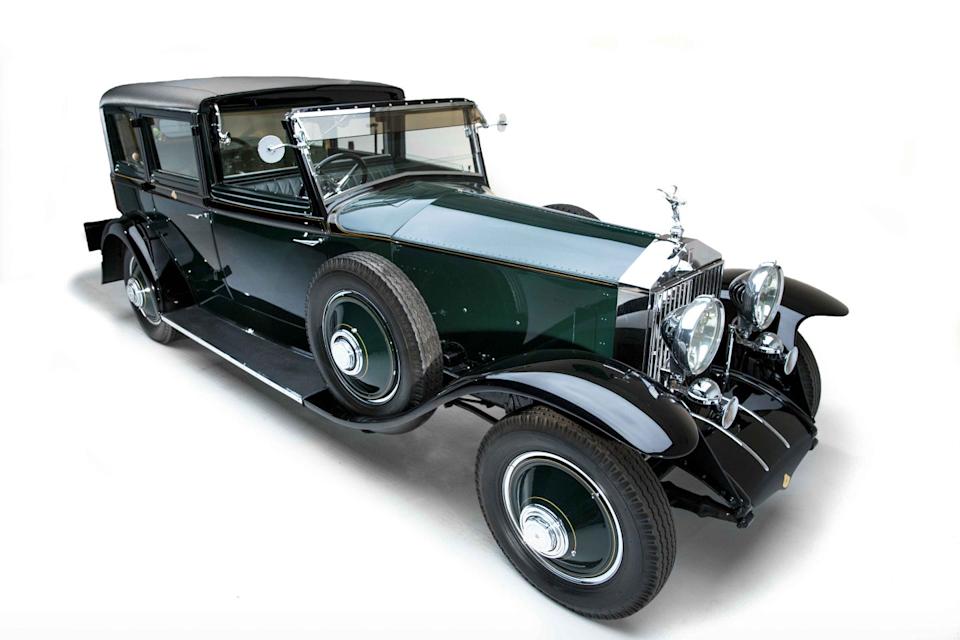
Phantom II (1929–1935)
The Great Depression had an impact throughout the car industry, even on Rolls-Royce, but mainly in that notable American competitors such as Duesenberg, Packard, and Cadillac released alluring models to attract ultra-luxury buyers, who weathered the fiscal crisis just fine.
Rolls-Royce responded with an upgraded chassis, meant to improve handling and ride quality, especially on the rougher roads of the New World. Though it retained the 7.7-liter straight-six from the previous generation—albeit upgraded with a new crossflow cylinder head, good for 120 horsepower—the four-speed manual gained synchros on its top two gears and was attached directly to the engine; the rear springs were now semi-elliptic as well; and the boosted brakes were improved.
A sportier model, the Phantom Continental, with a shorter wheelbase, was created at the behest of company co-founder Henry Royce, who found even the less-lengthy chassis unwieldy. Up-powered, lighter, and more aerodynamic, it was the first Rolls that prioritized performance over ultimate comfort, and proved popular with owner/drivers.
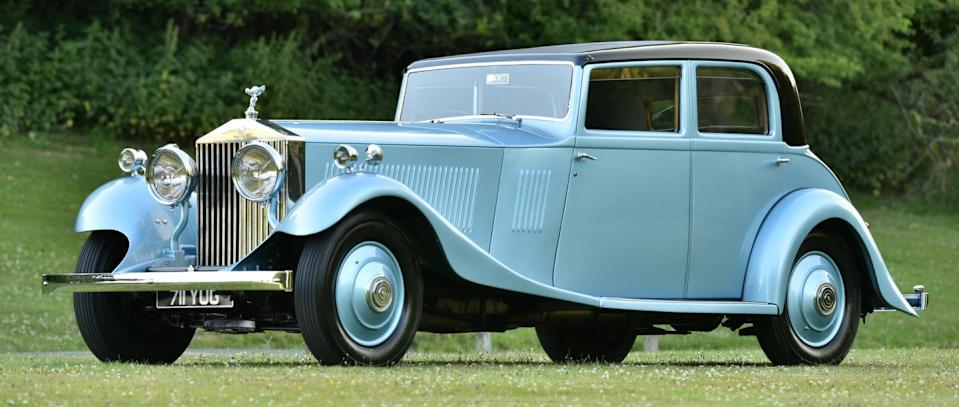
Phantom III (1936–1939)
Those aforementioned American competitors just kept innovating in the 1930s, creating extremely potent multi-cylinder engines in V-12, V-16, and supercharged vee- and straight-eight combinations, besting anything Rolls could eke out of its inline-six.
To combat them, in developing the Phantom III, Rolls pulled from its expertise building airplane engines, and crafted a 7.3-liter V-12 that put out up to 180 horsepower. With a fully independent front suspension and revised steering, handling and comfort were both improved, allowing the car to cruise comfortably at 100 mph. Sadly, Henry Royce died in 1933 before the car was released, but his efforts strongly informed its development.
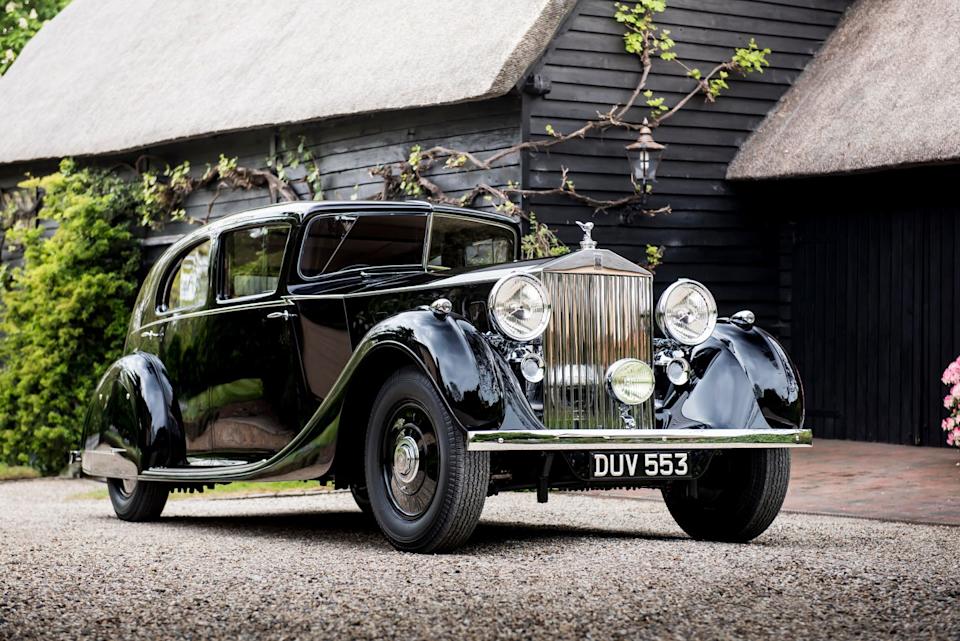
Phantom IV (1950–1956)
Rolls took a break from automotive production during WWII to focus on armament production. After the war, and its concomitant deprivations, there wasn't much of an appetite for ultra-luxury vehicles among the extremely rich, so Rolls retreated from its previous generations of "mass market" Phantoms to create a Phantom only for royalty and heads of state.
Because of that limitation, the marque ended up only selling 18 Phantom IVs, and pretty much all of them went to despots like General Franco of Spain, the Shah of Iran, the Emir of Kuwait, Queen Elizabeth II, and Princess Margaret of England. Their 5.7- and 6.5-liter straight-eight engines produced "adequate" power and had the advantage of being capable of running eternally at low speeds, a splendid spec for parading amongst the subjugated hordes, as their owners were wont to do.
Built for Queen Elizabeth and Prince Phillip, this handsome limo features the family's two-tone claret and black livery. It was built by famed British coachbuilder Hooper to honor the 50th anniversary of the company, and remained in Royal service for 43 years, including taking part in two royal weddings.

Phantom V (1959–1968)
The Phantom V maintained its presence in the fleet of monarchs, especially those who ruled the United Kingdom and its ill-begotten colonies. But as a nod to the new ruling classes of the Swinging Sixties, Rolls also graciously accepted commissions from celebrities, especially those in the music industry, for its limo, which was motivated by a 6.3-liter V-8 with a GM-sourced four-speed automatic transmission.
John Lennon famously purchased one in 1964, had it painted like a Romany wagon, and outfitted it with a record player, a car phone, a cassette player, and external speakers. (He bought another in 1968, spec'd all in white, to match The Beatles' spectral "White Album.") Elvis Presley, another "King," also bought a Phantom V, outfitted with a telephone and a microphone. And elegant Las Vegas royalty, Liberace, had a rhinestone-bedecked one that became part of his show.
Is this better or worse than selling to dictators? Evidently, this is not a question with which Rolls troubles itself.
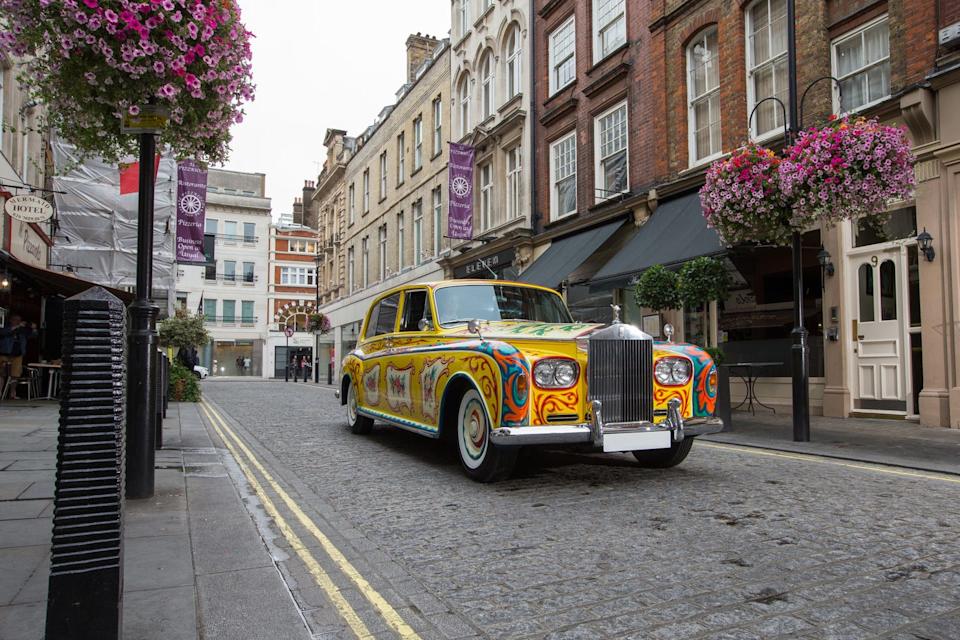
Phantom VI (1968–1990)
Ending a long tradition, the Phantom VI was the last generation of the venerable nameplate to be delivered as a rolling chassis, able to be bodied by an independent coachbuilder. Only 374 were thus commissioned over the 22 years it was in production, with just six built in the 1980s. But they were gloriously, if anachronistically, elegant vehicles—mainly limousines or laundaulets.
They were also the first Phantoms to rely on the famed 6.75-liter V-8 that motivated lesser Rolls-Royces, along with their occasional Bentley siblings, for over 60 years. The VI also sported updated heating and air conditioning systems, air-spring suspensions, and high-pressure twin-master-cylinder hydraulic drum brakes. Not that Rolls chauffeurs stopped for anything, except maybe some French mustard.

Phantom VII (2003–2017)
Rolls-Royce went on hiatus from Phantoming for a decade or so, as it sorted out its fiscal crises, its divorce from Bentley, its acquisition by BMW, and its move to a new design/engineering/production facility in Goodwood. Then, it released the Phantom VII, which had been developed in secret as a clean-sheet design. The only requirements for the designer, according to Rolls, were that it have giant wheels, an upright Parthenon grille, and a "Spirit of Ecstasy” hood ornament.
The resulting car was extremely domineering, looking to some like a bank vault squatting atop a steamroller. But it was every inch a Phantom, motivated by a new 6.75-liter engine, but this time a twin-turbocharged V-12, and wafting along an adaptive self-leveling air suspension, riding as high as a full-size SUV.
Eventually, an extended-wheelbase four-door and a two-door convertible (Drophead Coupé) joined the lineup. Then, finally, a Fixed Head Coupé was added, the first model to employ the constellation-like "Starlight Headliner" that is now available across the Rolls range. Only 550 Phantom Coupes were commissioned over the decade of their production from 2006–2016.
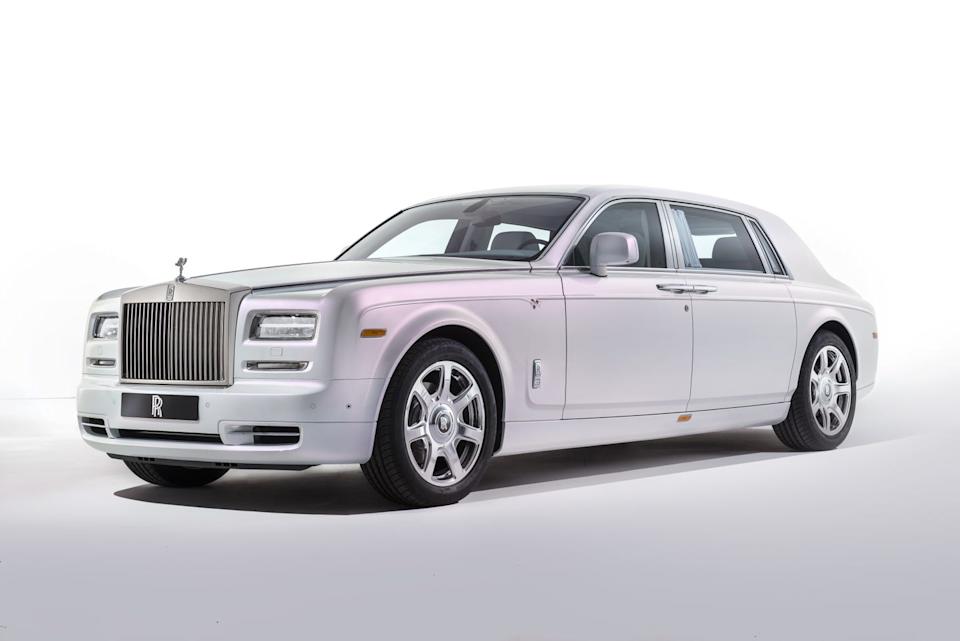
Phantom VIII (2017–Present)
The Phantom VIII is an evolutionary design, necessary in the category in the contemporary era, so that clients who shelled out $500,000 for the previous-generation car don’t feel like their vehicle is made immediately obsolete when the current gen is released. So, while it maintains many of the imperious external elements of its predecessor, its interior is host to infinite upgrades, like power-operated foot massagers, heated C-pillars, and a "Gallery" integrated into the passenger side of the dashboard, where individuated artistic expressions can be integrated.
In a return to form, it has also been the basis for the first individuated commissions the marque has hosted in decades. Handled by Rolls' in-house designers, these bespoke bodies have been coach-built to clients' exacting standards, and at eight-figure price tags.
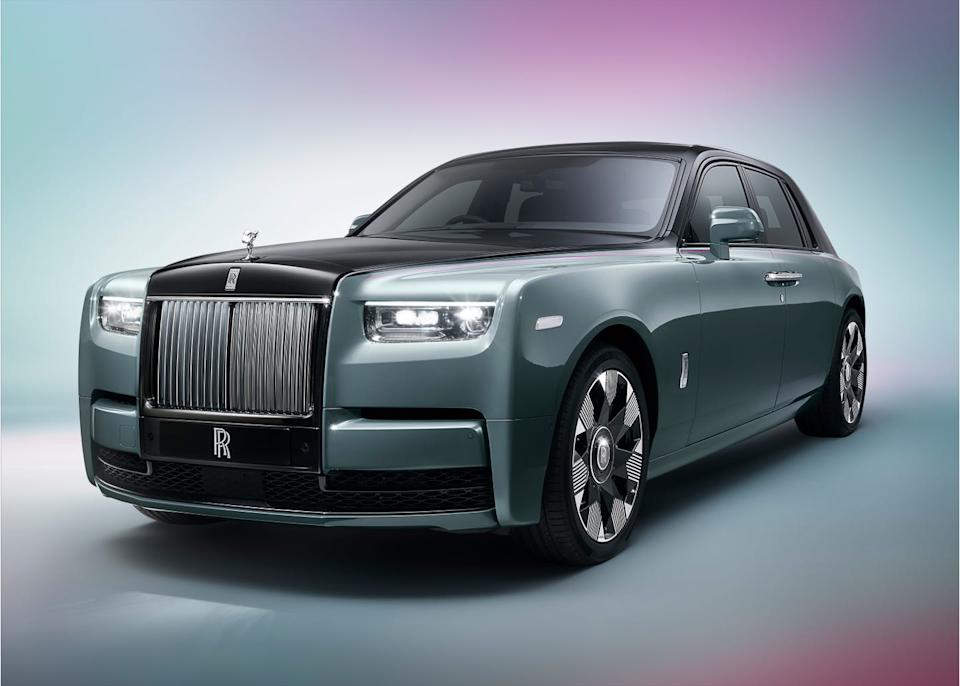
You Might Also Like
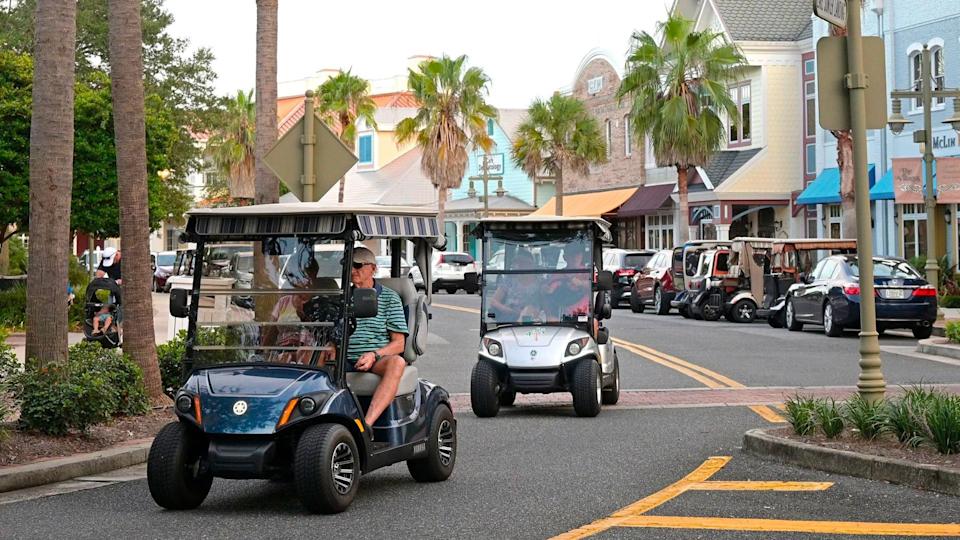
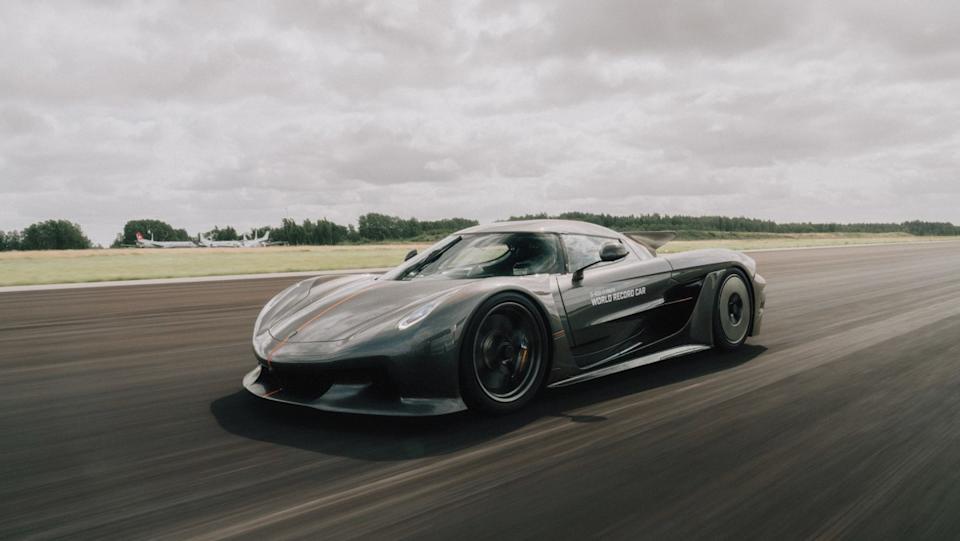



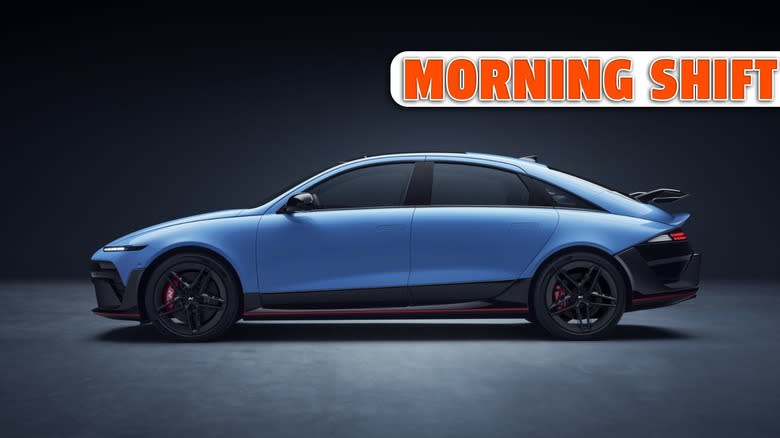
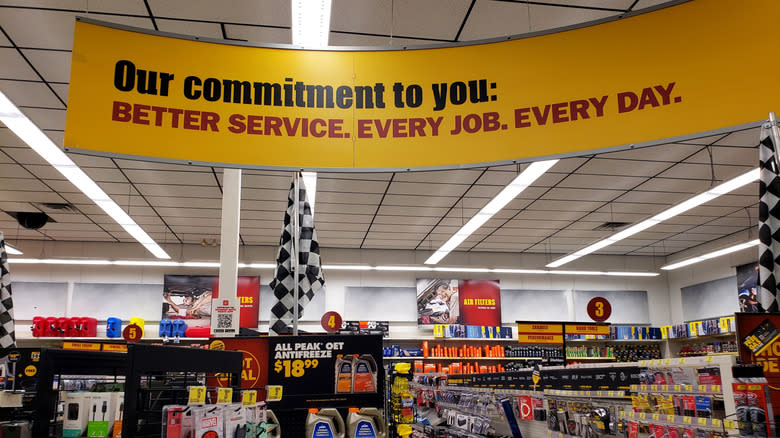
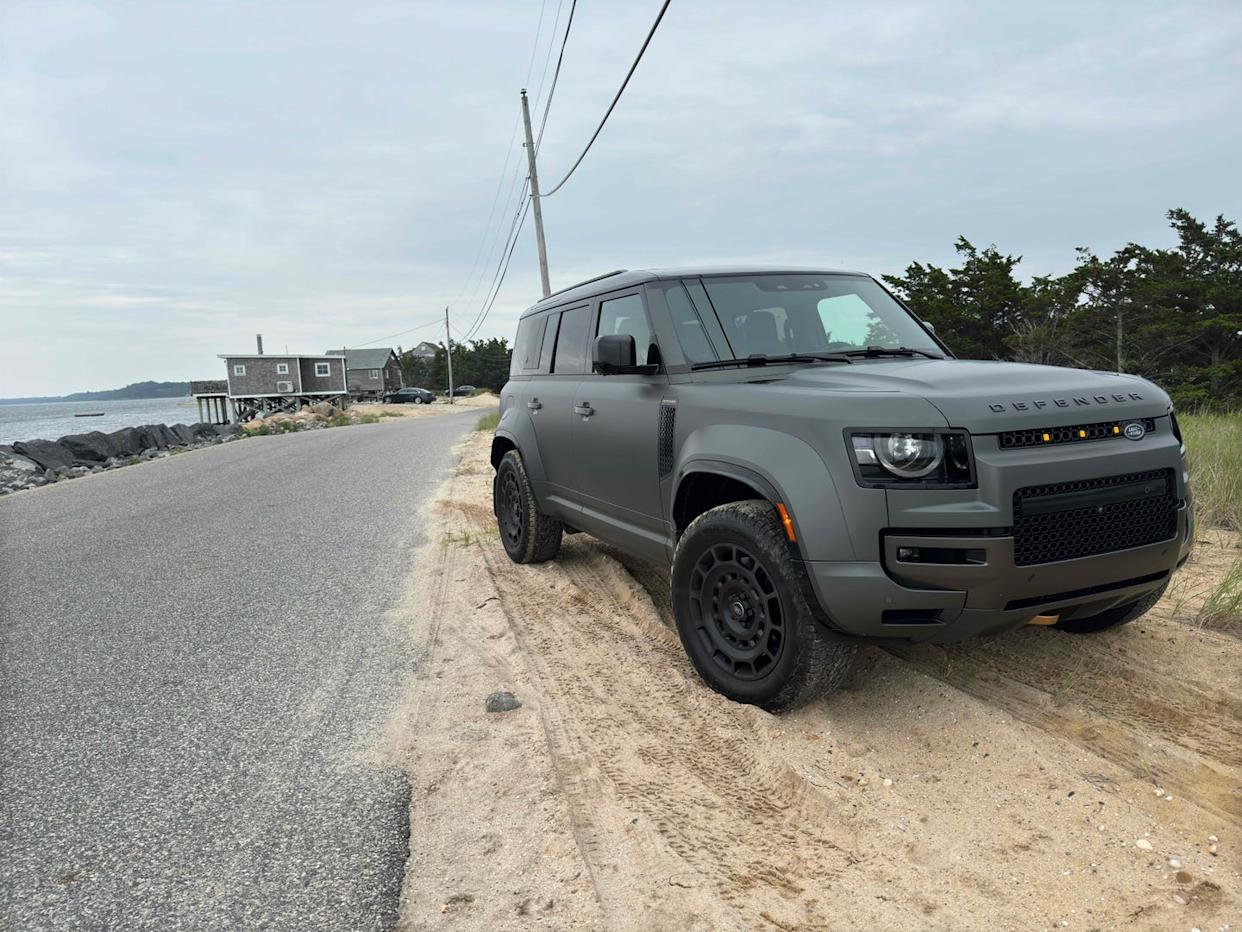
Comments